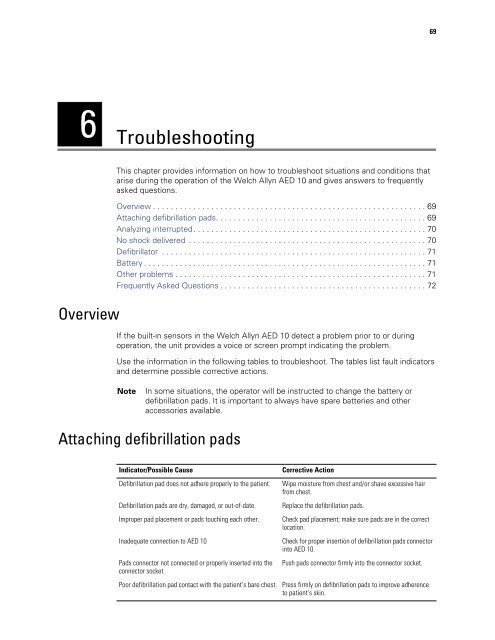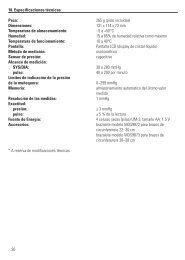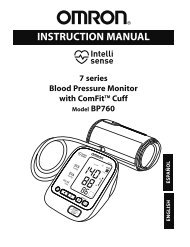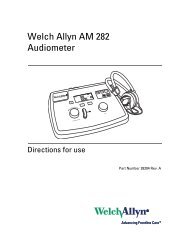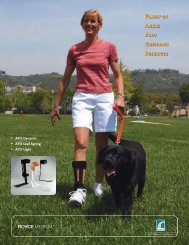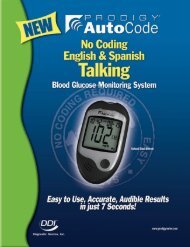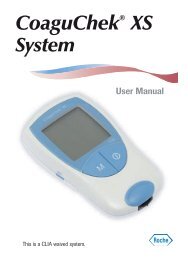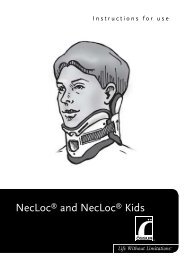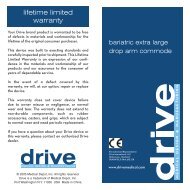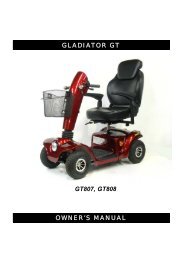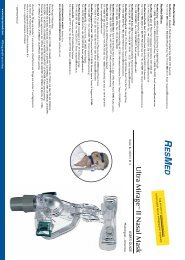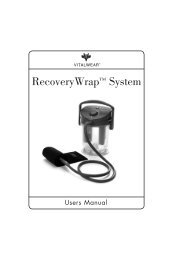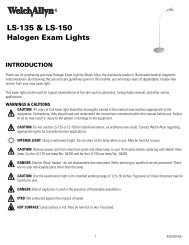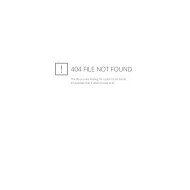AED 10 User Manual - Welch Allyn
AED 10 User Manual - Welch Allyn
AED 10 User Manual - Welch Allyn
You also want an ePaper? Increase the reach of your titles
YUMPU automatically turns print PDFs into web optimized ePapers that Google loves.
696TroubleshootingOverviewThis chapter provides information on how to troubleshoot situations and conditions thatarise during the operation of the <strong>Welch</strong> <strong>Allyn</strong> <strong>AED</strong> <strong>10</strong> and gives answers to frequentlyasked questions.Overview .............................................................69Attaching defibrillation pads. ..............................................69Analyzing interrupted. ...................................................70No shock delivered .....................................................70Defibrillator ...........................................................71Battery ...............................................................71Other problems ........................................................71Frequently Asked Questions ..............................................72If the built-in sensors in the <strong>Welch</strong> <strong>Allyn</strong> <strong>AED</strong> <strong>10</strong> detect a problem prior to or duringoperation, the unit provides a voice or screen prompt indicating the problem.Use the information in the following tables to troubleshoot. The tables list fault indicatorsand determine possible corrective actions.NoteIn some situations, the operator will be instructed to change the battery ordefibrillation pads. It is important to always have spare batteries and otheraccessories available.Attaching defibrillation padsIndicator/Possible CauseDefibrillation pad does not adhere properly to the patient.Defibrillation pads are dry, damaged, or out-of-date.Improper pad placement or pads touching each other.Inadequate connection to <strong>AED</strong> <strong>10</strong>Pads connector not connected or properly inserted into theconnector socketCorrective ActionWipe moisture from chest and/or shave excessive hairfrom chest.Replace the defibrillation pads.Check pad placement; make sure pads are in the correctlocation.Check for proper insertion of defibrillation pads connectorinto <strong>AED</strong> <strong>10</strong>.Push pads connector firmly into the connector socket.Poor defibrillation pad contact with the patient’s bare chest. Press firmly on defibrillation pads to improve adherenceto patient's skin.


